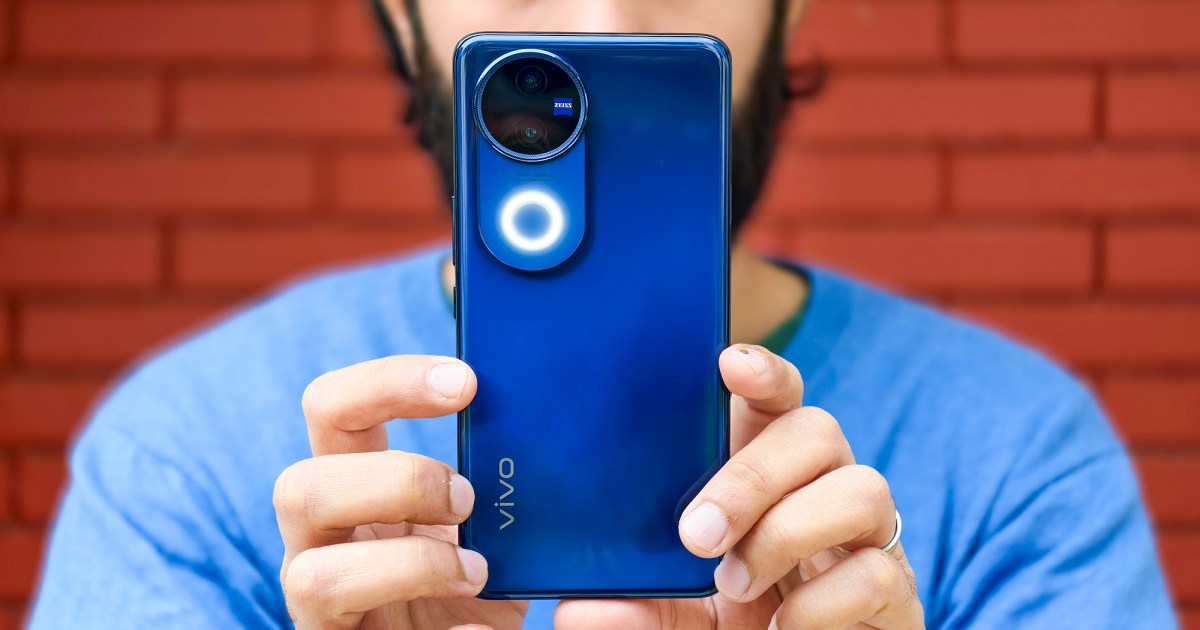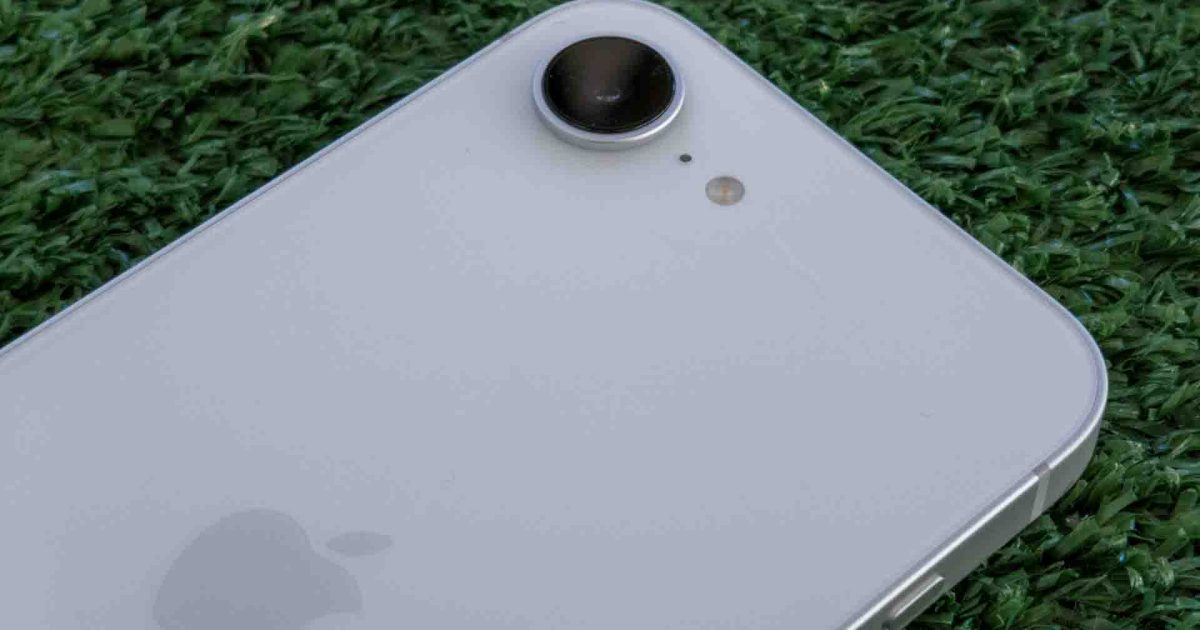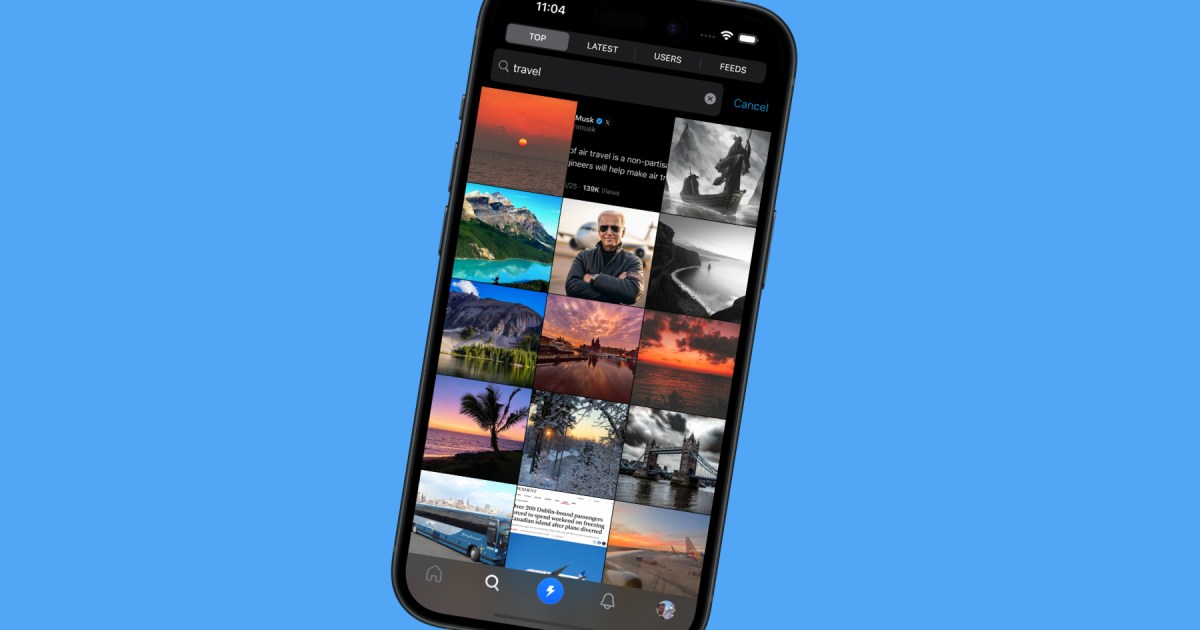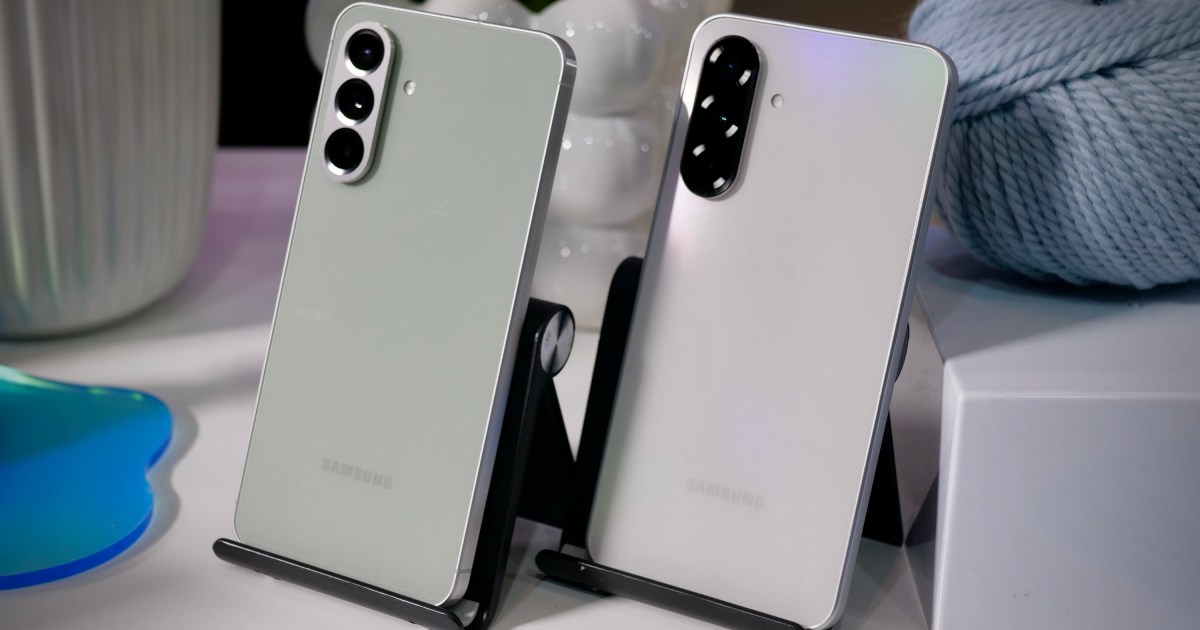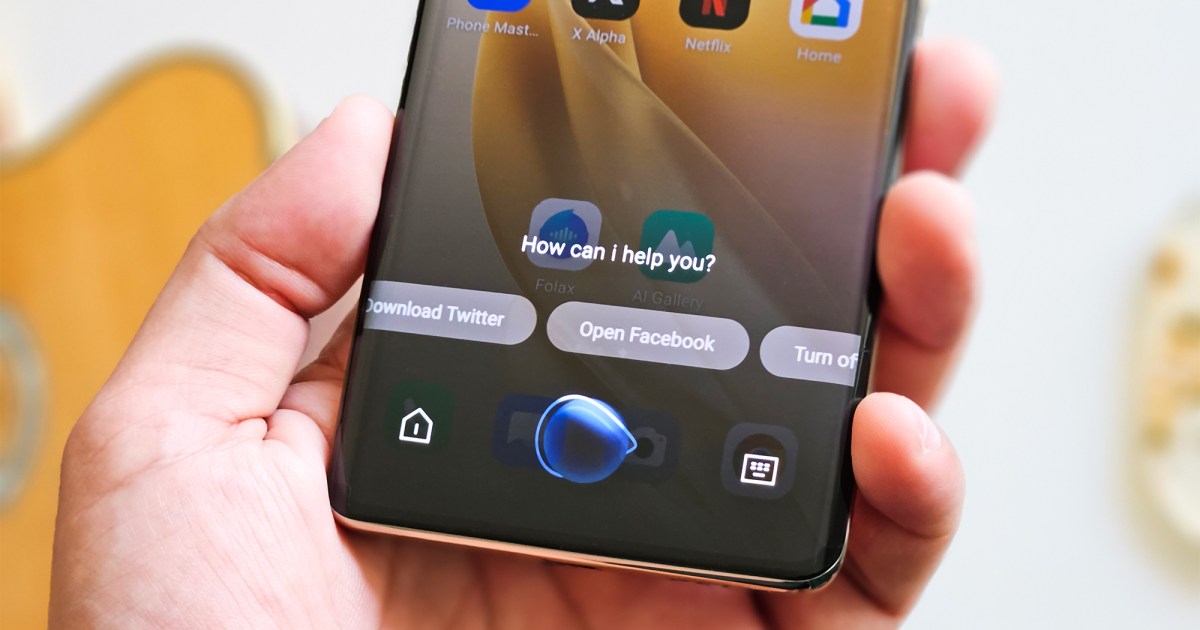Vivo’s X series, exemplified by the X200 Pro, is renowned for its professional-grade camera capabilities. Impressively, these advanced features are now trickling down to more affordable models like the Vivo V50. This $400 Android phone boasts impressive specifications, including a 120Hz curved AMOLED display, 90W fast charging, IP68/IP69 ratings, and a unique glass back. However, it’s the V50’s camera, borrowing heavily from the flagship X series, that truly sets it apart. This review explores why the Vivo V50’s camera outperforms its competitors, delivering exceptional image quality previously unseen in this price range.
 Vivo V50 held in hand.
Vivo V50 held in hand.
The Zeiss Advantage
Vivo’s six-generation partnership with Zeiss has significantly benefited the X series, enhancing both hardware and software. Zeiss contributes to superior lens design, minimizing color distortion and glare, while Vivo integrates Zeiss’ color profiles and bokeh styles inspired by renowned Zeiss lenses. The V50 marks a significant milestone, being the first non-Pro variant in the V series to incorporate Zeiss enhancements, primarily focused on software improvements. These enhancements elevate the V50’s camera performance above its rivals.
Unrivaled Portraits in the $400 Range
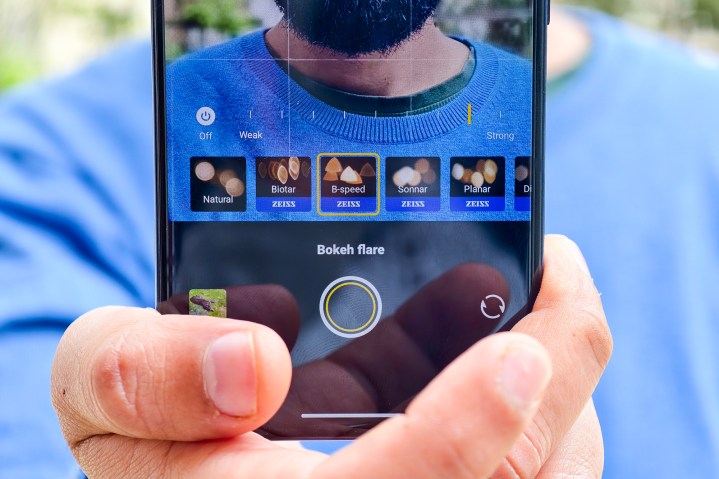 Zeiss portrait effects on the Vivo V50.
Zeiss portrait effects on the Vivo V50.
Despite lacking a dedicated telephoto lens, the Vivo V50’s 50MP primary camera excels at portrait photography. The results are remarkable, with no discernible disadvantage from the absence of a dedicated portrait lens. Zeiss-inspired bokeh styles, unique to Vivo phones in this segment, further enhance the portraits. The following daylight portraits, taken at 2X zoom, showcase the V50’s ability to capture intricate details with natural-looking bokeh.
 Portrait with Zeiss Sonnar effect.
Portrait with Zeiss Sonnar effect.
 Portrait with Zeiss Biotar effect.
Portrait with Zeiss Biotar effect.
 Portrait with Zeiss B-Speed effect.
Portrait with Zeiss B-Speed effect.
The V50 effectively recreates bokeh effects from iconic Zeiss lenses like B-Speed, Biotar, Planar, and Sonnar, digitally rendering specific shapes from background light sources. The seamless bokeh implementation is remarkable, especially considering the absence of a dedicated telephoto lens. Indoor portraits maintain compelling bokeh, even in low-light conditions, although some facial details may be slightly compromised by HDR processing.
 Indoor portrait with Sonnar effect.
Indoor portrait with Sonnar effect. Indoor portrait with Planar effect.
Indoor portrait with Planar effect. Indoor portrait with B-Speed effect.
Indoor portrait with B-Speed effect.
Versatility Across All Cameras
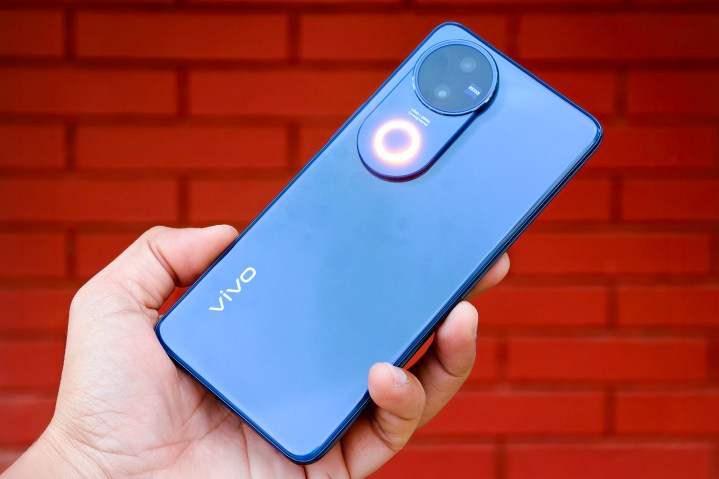 Vivo V50 with Aura Light.
Vivo V50 with Aura Light.
The Vivo V50 extends its special portrait effects to all cameras, including ultrawide and front-facing. The portrait mode offers three zoom levels, denoted by focal lengths of 23mm, 35mm, and 50mm.
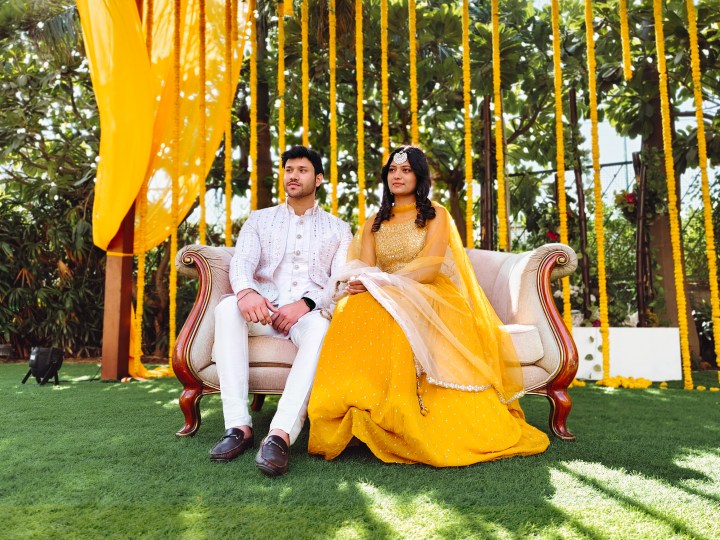 Portrait at 0.6X (23mm).
Portrait at 0.6X (23mm). Portrait at 1X (35mm).
Portrait at 1X (35mm).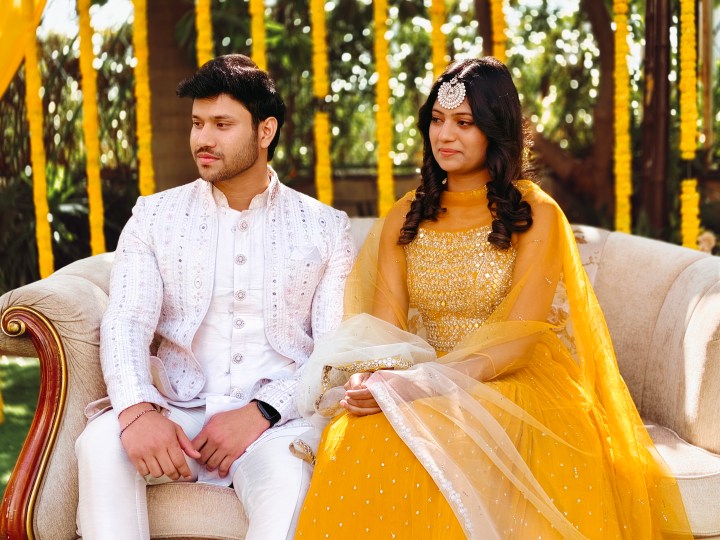 Portrait at 2X (50mm).
Portrait at 2X (50mm).
The V50 consistently creates a shallow depth of field across different zoom levels, with bokeh intensity varying appropriately. Daylight conditions undoubtedly enhance clarity and foreground-background separation. While not quite matching premium phones like the X200 Pro, the results are impressive given the Snapdragon 7 Gen 3’s image signal processor. The ultrawide camera’s portrait capabilities are particularly noteworthy, preserving subject focus while blurring the background, even without autofocus. Vivo’s color filters add further creative options.
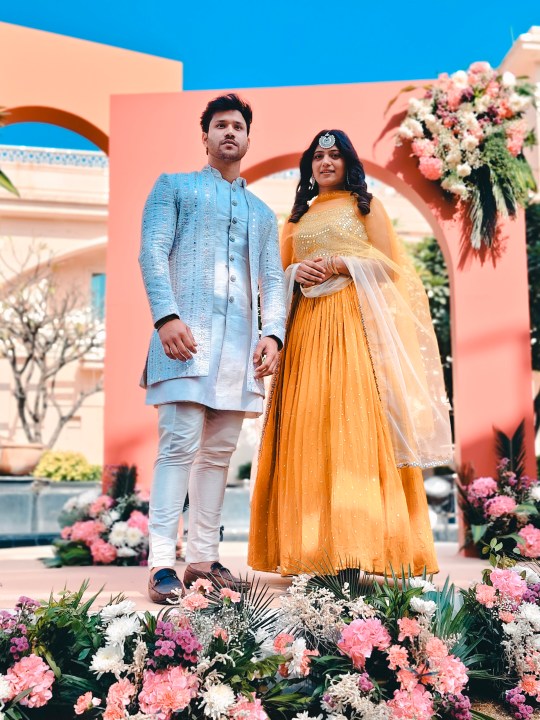 Ultrawide portrait.
Ultrawide portrait. Ultrawide portrait.
Ultrawide portrait. Vivo V50 color filters.
Vivo V50 color filters.
Enhanced Low-Light Portraits with Aura Light
 Vivo V50 Aura Light.
Vivo V50 Aura Light.
Vivo’s “Aura Light” is a dedicated soft light designed to enhance low-light portraits. In its fifth iteration, it’s 1.4 times brighter and offers a wider range of color temperatures, automatically adjusting based on subject distance. Manual controls for intensity and temperature are also available. The following night portraits, taken with and without Aura Light, demonstrate its effectiveness. The top row showcases images without the light, while the bottom row features images with Aura Light enabled.
 Night portrait without Aura Light 1.
Night portrait without Aura Light 1. Night portrait without Aura Light 2.
Night portrait without Aura Light 2. Night portrait without Aura Light 3.
Night portrait without Aura Light 3. Night portrait with Aura Light 1.
Night portrait with Aura Light 1. Night portrait with Aura Light 2.
Night portrait with Aura Light 2. Night portrait with Aura Light 3.
Night portrait with Aura Light 3.
Even without Aura Light, the V50 captures decent detail and background separation. However, shadows obscure some facial features and textures. Aura Light effectively recovers lost details, providing even illumination while preserving natural warm tones. Technically, Aura Light enables lower ISO and faster shutter speeds, resulting in sharper images with reduced noise. While Zeiss effects may be less pronounced with Aura Light due to increased exposure, it’s crucial in extremely dark environments, capturing reasonable detail where other phones would struggle.
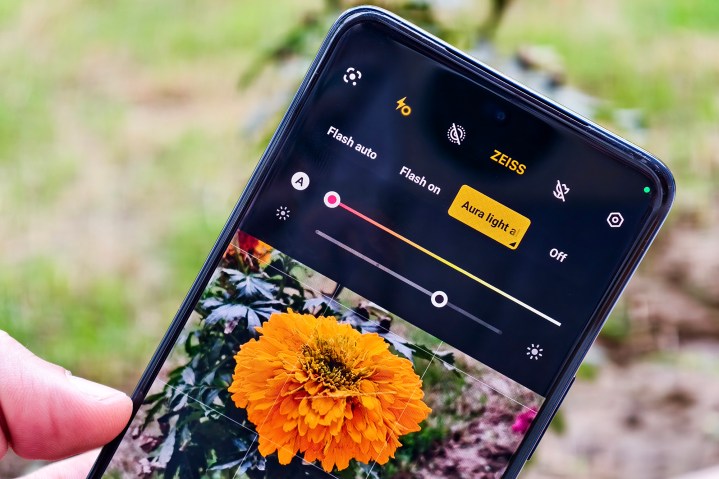 Aura Light settings.
Aura Light settings. Night portrait with Aura Light and Sonnar.
Night portrait with Aura Light and Sonnar. Night portrait with Aura Light and Planar.
Night portrait with Aura Light and Planar. Night portrait with Aura Light and B-speed.
Night portrait with Aura Light and B-speed.
Vivo V50 vs. OnePlus 13R: A Portrait Showdown
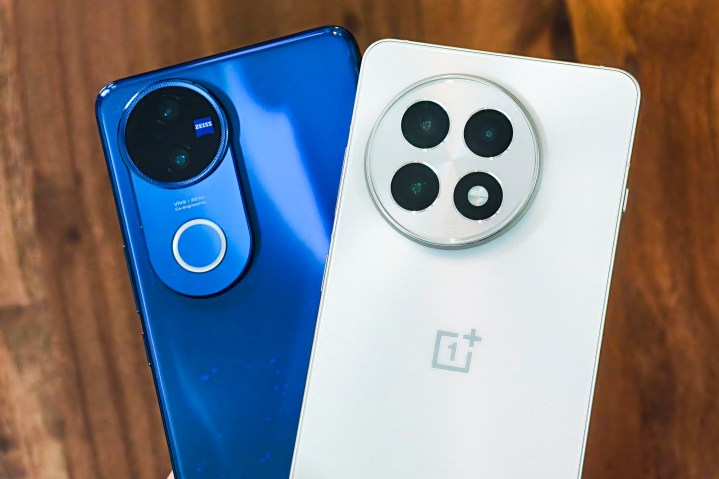 Vivo V50 and OnePlus 13R.
Vivo V50 and OnePlus 13R.
Comparing the Vivo V50 with the slightly pricier OnePlus 13R, both equipped with the same 50MP primary sensor, highlights the V50’s strengths. The following low-light portraits reveal the differences in camera algorithms.
 OnePlus 13R low-light portrait.
OnePlus 13R low-light portrait. V50 low-light portrait without Aura Light.
V50 low-light portrait without Aura Light. V50 low-light portrait with Aura Light.
V50 low-light portrait with Aura Light.
While the OnePlus 13R prioritizes exposure, the Vivo V50 maintains consistent brightness. The V50’s natural background blur and preservation of background twinkle lights give it an edge. Aura Light again demonstrates its ability to enhance detail and sharpness without sacrificing image character.
Exceptional Selfies
 Vivo V50 selfie flash.
Vivo V50 selfie flash.
The V50’s 50MP front camera, identical to the ultrawide sensor, benefits from autofocus, a rare feature in this price segment. Autofocus enhances sharpness and subtly blurs the background, even without portrait mode. Zoom options include 0.8X, 1X, and even 2X.
 OnePlus 13R selfie.
OnePlus 13R selfie. Vivo V50 selfie.
Vivo V50 selfie.
Comparing selfies from the V50 and OnePlus 13R reveals the V50’s superior texture capture and background blur. This advantage is further amplified in portrait mode, with Zeiss effects and better HDR processing.
 OnePlus 13R portrait selfie.
OnePlus 13R portrait selfie. Vivo V50 portrait selfie.
Vivo V50 portrait selfie.
For low-light selfies, the V50 offers a front-facing flash with adjustable color temperature, ensuring natural-looking illumination. Even without the flash, night mode enables longer exposures for well-lit selfies.
 V50 low-light selfie with flash.
V50 low-light selfie with flash. V50 low-light selfie without flash.
V50 low-light selfie without flash.
A Camera Phone that Exceeds Expectations
 Vivo V50 held in hand.
Vivo V50 held in hand.
The Vivo V50 showcases Vivo’s expertise in simulating professional camera effects, previously only seen in the flagship X series. Its impressive image quality belies its $400 price tag. Beyond its camera prowess, the V50 offers compelling specifications, including a Snapdragon 7 Gen 3 chipset, ample RAM and storage, and a large battery with 90W fast charging. While availability might be limited depending on your region, the V50 is undoubtedly a top contender for anyone prioritizing mobile photography.



